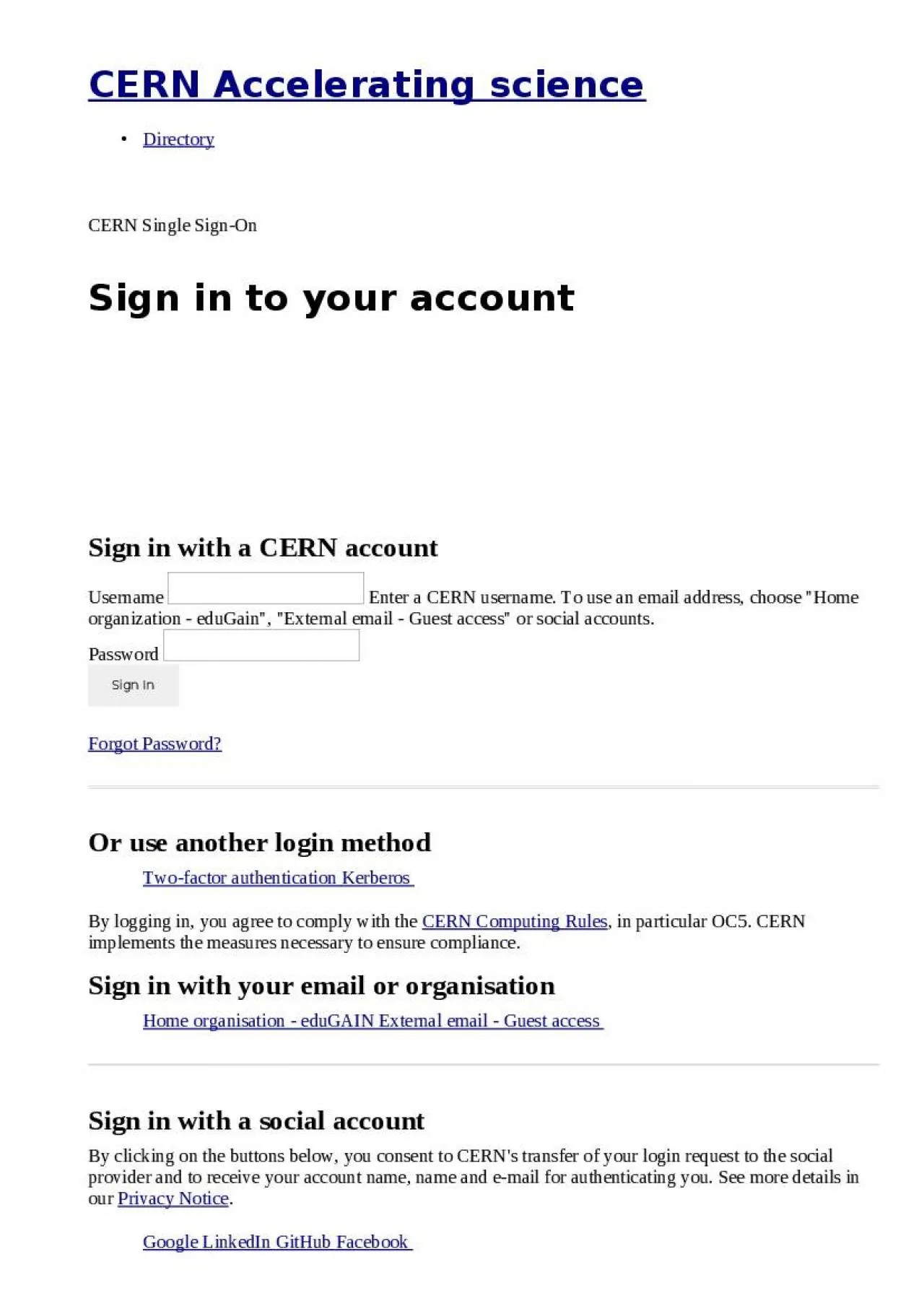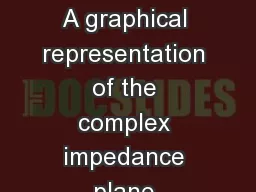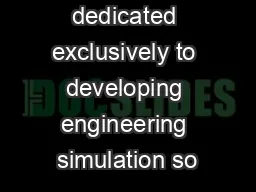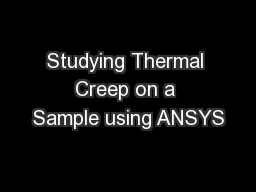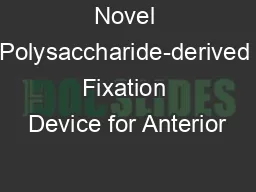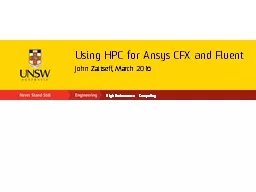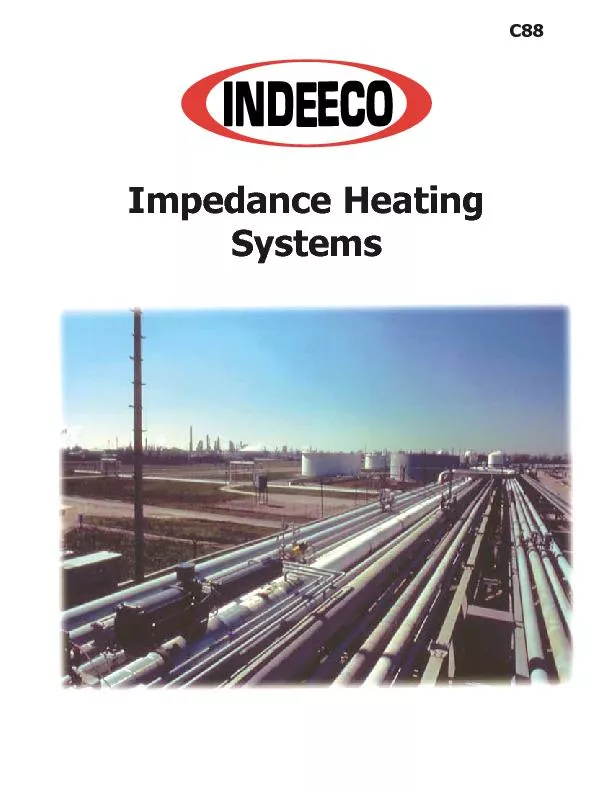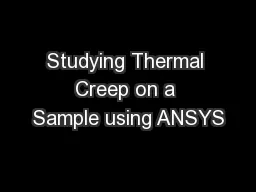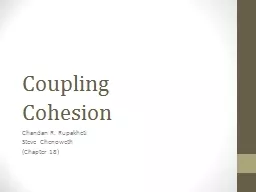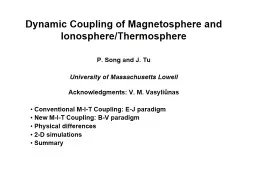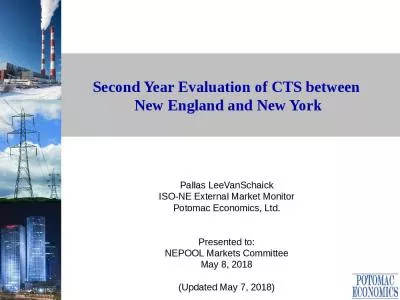PPT-CTS-ANSYS COUPLING FOR INDUCED IMPEDANCE RF HEATING EFFECTS SIMULATION
Author : winnie | Published Date : 2022-05-18
Lorenzo Teofili David Carbajo Perez ENSTITCD Francesco Giordano Giacomo Mazzacano BEABPHSC Motivation X 2 Motivation The Method Interface
Presentation Embed Code
Download Presentation
Download Presentation The PPT/PDF document "CTS-ANSYS COUPLING FOR INDUCED IMPEDANCE..." is the property of its rightful owner. Permission is granted to download and print the materials on this website for personal, non-commercial use only, and to display it on your personal computer provided you do not modify the materials and that you retain all copyright notices contained in the materials. By downloading content from our website, you accept the terms of this agreement.
CTS-ANSYS COUPLING FOR INDUCED IMPEDANCE RF HEATING EFFECTS SIMULATION: Transcript
Download Rules Of Document
"CTS-ANSYS COUPLING FOR INDUCED IMPEDANCE RF HEATING EFFECTS SIMULATION"The content belongs to its owner. You may download and print it for personal use, without modification, and keep all copyright notices. By downloading, you agree to these terms.
Related Documents

